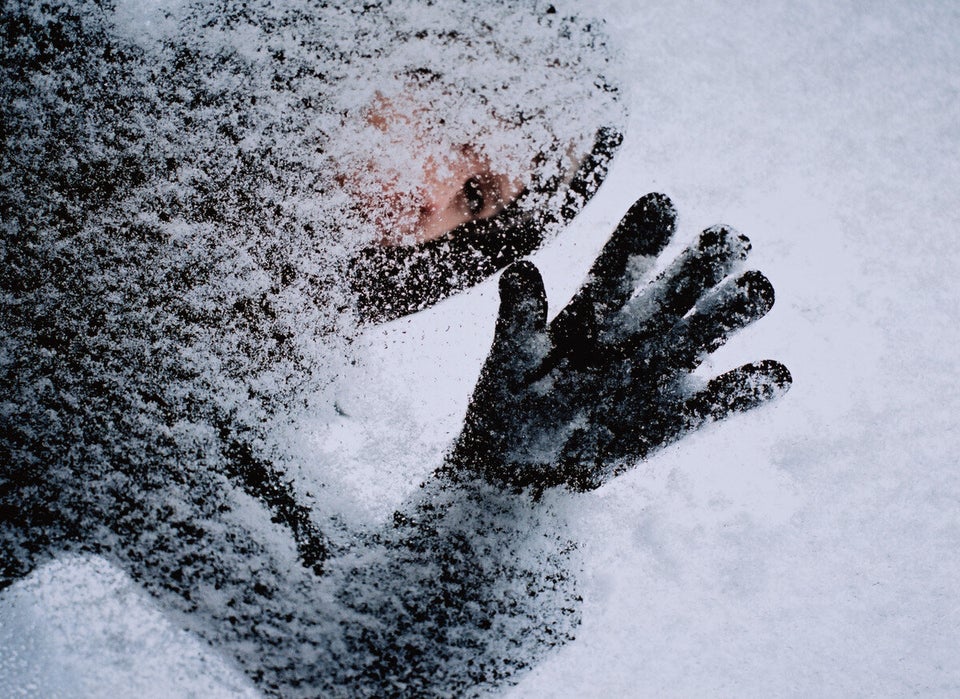Winter is here, and even on the warmest days, the windchill has most Canadians reaching for extra hats, gloves and scarves to keep us warm.
While doubling up on our winter-wear might seem a bit extreme, it doesn't seem so strange when you consider the fact that it only takes 15 minutes for frostbite to set in once the temperature dips below zero.
As uncomfortable or funny looking as it may be, we're in full favour of layering up when the temperature goes down, since frostbite can lead to long-term numbness, stiffness, pain and sensitivity.
In the video above by AMHQ news, we look at the three stages of frostbite, starting with the whitening of skin (also referred to as frostnip) up to the most severe signs, which include the darkening of skin.
If you suspect you are suffering from mild frostbite, Environment Canada recommends gradually warming the affected areas by submerging them in warm water or placing them in your armpits or between your thighs.
Do not attempt to massage the area or place it in under direct heat, as this can cause the skin to burn. Once the area is warm, do not re-expose it to the cold.
Left untreated, serious frostbite can cause severe nerve damage and may even require amputation.
When it comes to treating frostbite, the best approach is defense. Cover your head and chest with layers of tightly woven fabrics and protect exposed extremities with gloves, scarves and earmuffs. If you get wet, change immediately, and avoid caffeine, as it can cause your body temperature to drop.
Also on HuffPost
